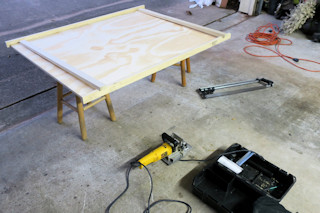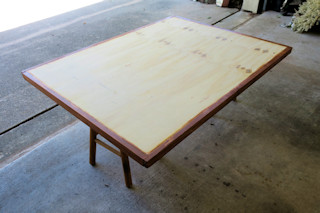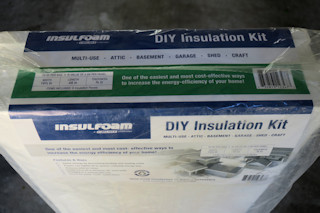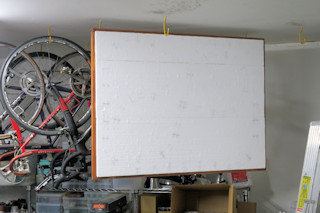
Most every train layout needs a good sturdy base to keep the train tracks steady, and to provide a sturdy place to fix bridges, buildings, mountains, and scenery. In this photo I show the beginnings of a wood table I am building for my train layout. The dimensions of the table are 4 feet (1.2 meters) by 3 feet (0.9 meters).
The main panel is half inch (12mm) plywood. The table will have one by two inch (13 by 25 mm) birch edges and spars to provide stability and a place to grip when moving the layout.
One of my favorite tools is the plunge router, also known as an edge router or biscuit joiner, which puts slots in the edge of a board. You put a small oval shape piece of wood, also known as a biscuit, into the slots with wood glue, and it makes a solid strong joint in the wood. I prefer the invisible biscuits over nails and screws which mar the surface of the wood.




